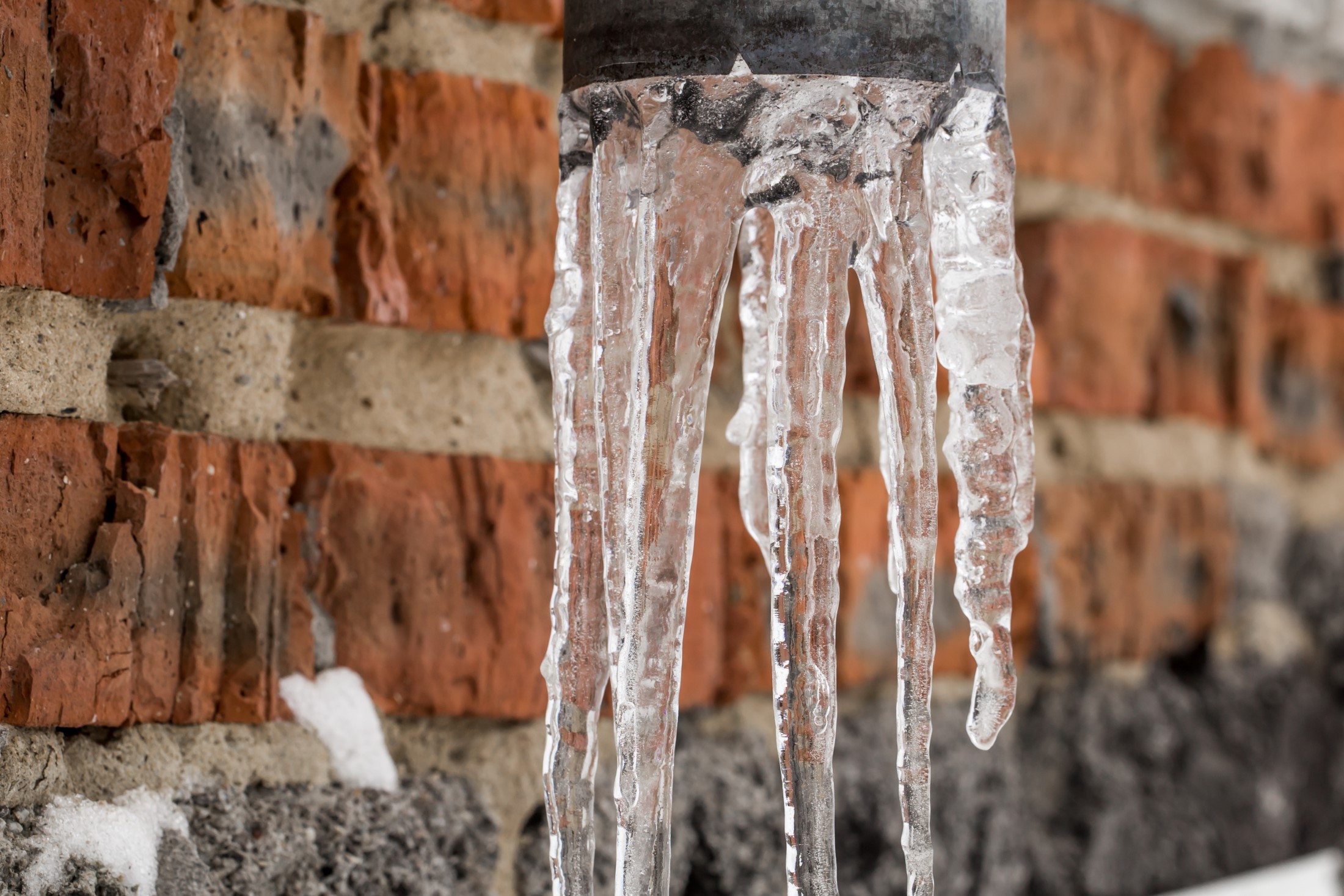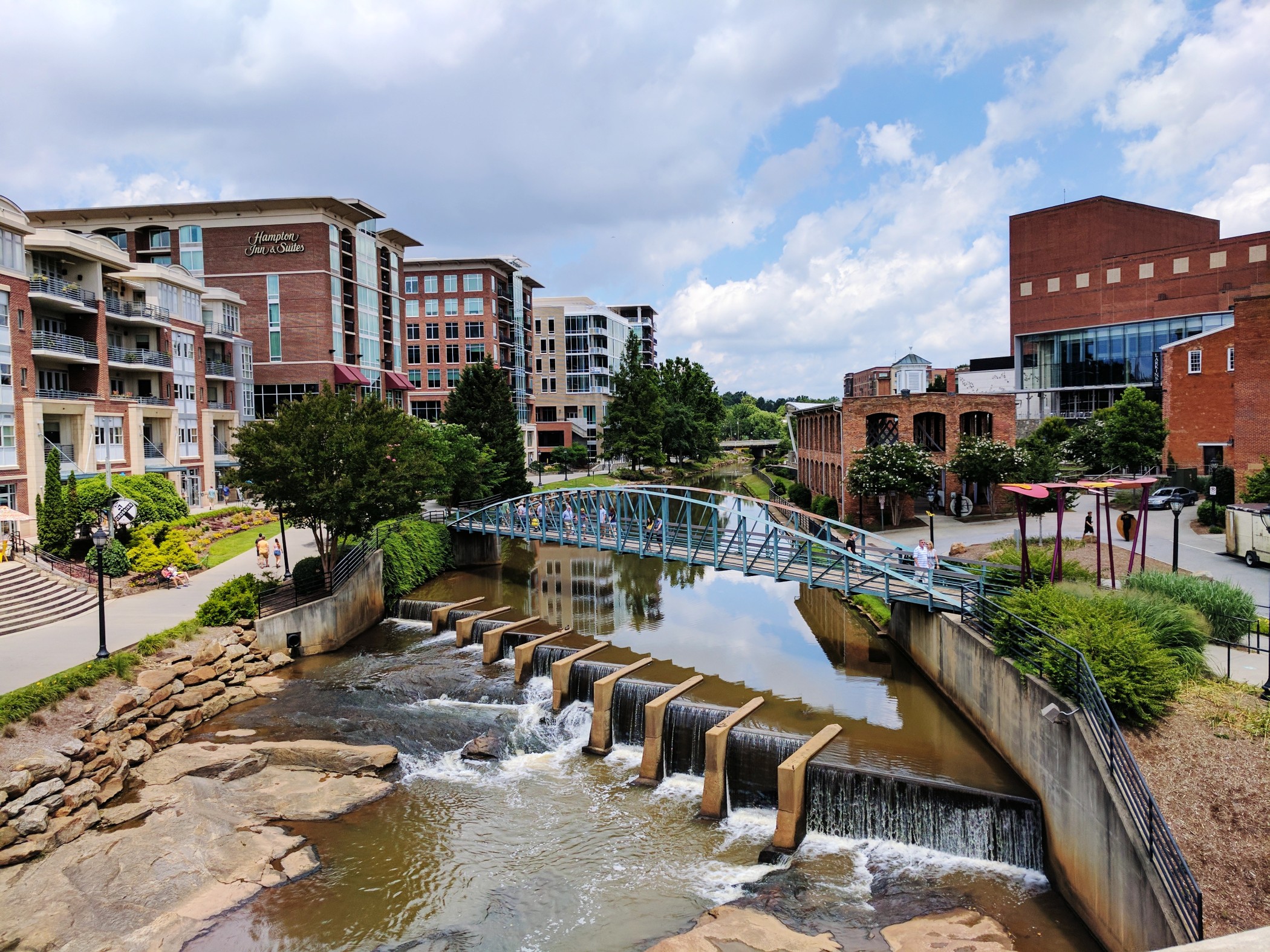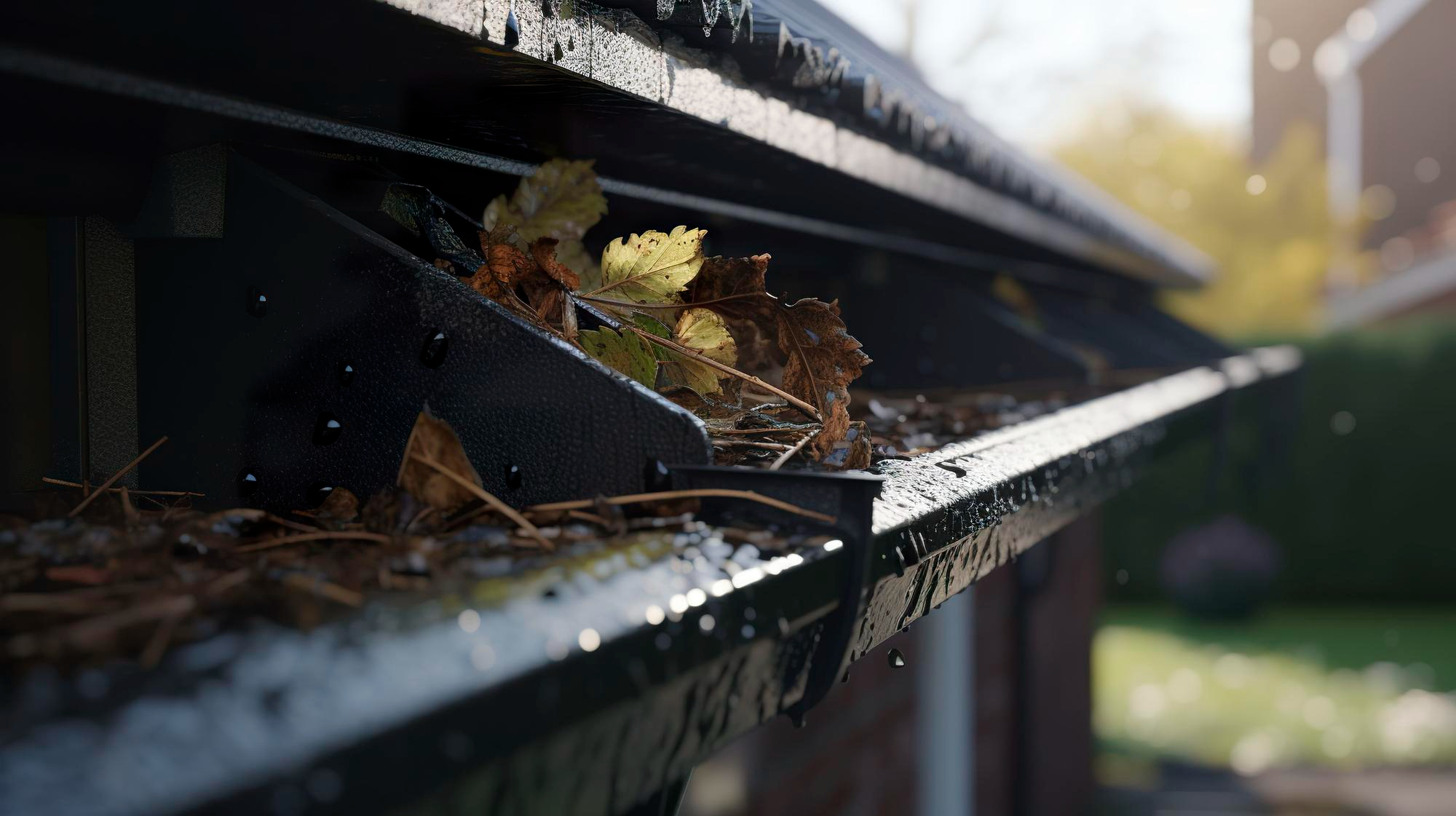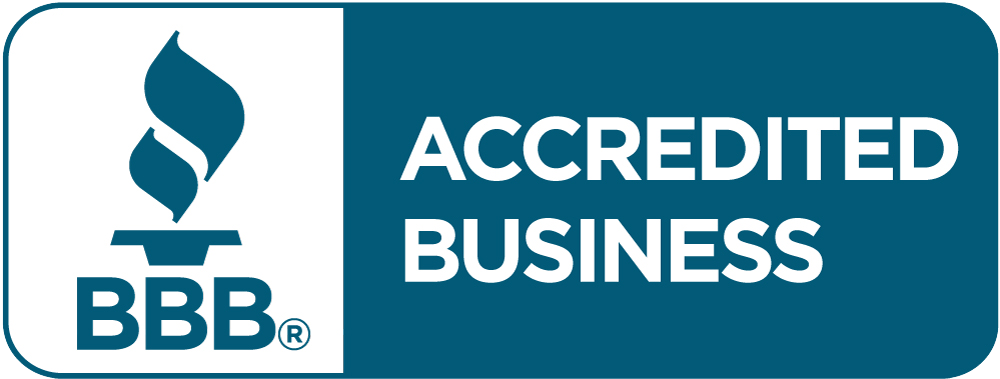As we continue to face an exceptionally cold stretch of 2025, it’s crucial to take proactive measures to safeguard your pipes from freezing. The University of Illinois’s Building Research Council recommends a “temperature alert threshold” of 20°F, particularly for uninsulated pipes in uninsulated spaces. In Greenville, Spartanburg, and the Upstate, this warning is especially relevant this year.
While some of the recommended steps may seem counterintuitive to water and heat conservation, the potential costs of repairing frozen or burst pipes far outweigh any initial expenses. Here are the essential steps to follow:
- Allow cold water to drip: Let cold water trickle from a faucet connected to exposed pipes. Even a small flow can help prevent pipes from freezing.
- Maintain a consistent thermostat setting: Keep your thermostat at a consistent temperature during both day and night. Avoid lowering the temperature at night during cold snaps to save on heating costs.
- Open cabinet doors: Open cabinet doors in kitchens and bathrooms to allow warmer air to circulate around plumbing, especially if your sinks are against exterior walls. Remove any harmful cleaners or household chemicals, particularly if you have small children.
- Keep garage doors shut: If you have a garage, close the garage doors, especially if there are water supply lines in your garage.
- Keep the heat on when away: If you plan to be away during cold weather, keep your home’s heat on, set to a minimum of 55°F.
- Disconnect hoses & use insulated covers on outdoor water connections.
For long-term prevention of frozen or burst pipes in Greenville:
- Enhance insulation: Improve insulation in attics, basements, and crawl spaces to maintain higher temperatures in these areas.
- Seal cracks and openings: Seal any cracks or openings around windows, doors, and sill plates to prevent drafts.
If you suspect your pipes are already frozen:
- Check for signs: If you notice only a trickle of water when turning on a faucet, it’s likely that you have a frozen pipe.
- Exercise caution: When attempting to thaw frozen pipes, be cautious not to cause further damage or lead to significant water damage.
If you’re unsure about how to proceed or suspect a burst pipe:
- Contact a trusted plumber: Reach out to JB Plumbing Services for professional assistance.
- Shut off the main water valve: If you suspect a burst pipe or significant leak has occurred while trying thaw out ice blockages within them promptly shut off main shutoff valve usually located near where main line enters the house.
To safely thaw frozen pipes:
- Turn on the faucet: Ensure the faucet is open to allow water flow as you thaw the pipe.
- Apply heat carefully: Use an electric heating pad wrapped around the pipe or an electric hair dryer (kept safe distance). Another effective method is wrapping towels soaked hot around the pipes. Never use blowtorches, propane/kerosene heaters, charcoal stoves, or open-flame devices because they pose a fire hazard risk and can cause excessive damage.
- Continue applying until full pressure restored checking other faucets possible additional blockages elsewhere throughout home.
If you’re unsure if the pipes are frozen, or are hesitant to try the steps above, reach out to our team of professionals immediately.
Concerned about your pipes as the weather continues to be frigid in the Upstate? Contact JB Plumbing Services today to make sure your home is cold-weather ready to avoid any unwanted frozen or burst pipe surprises!






